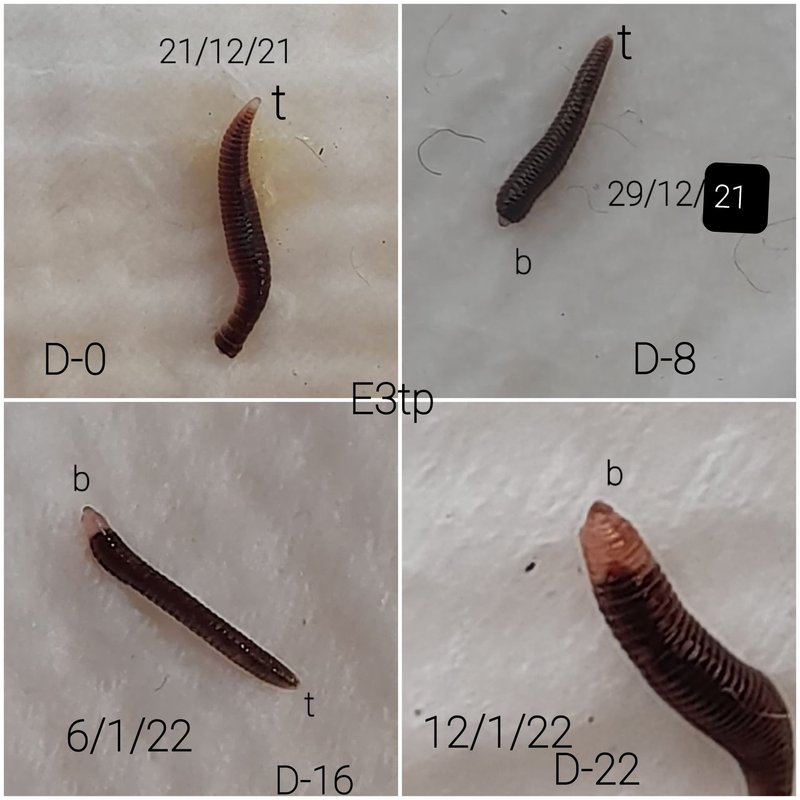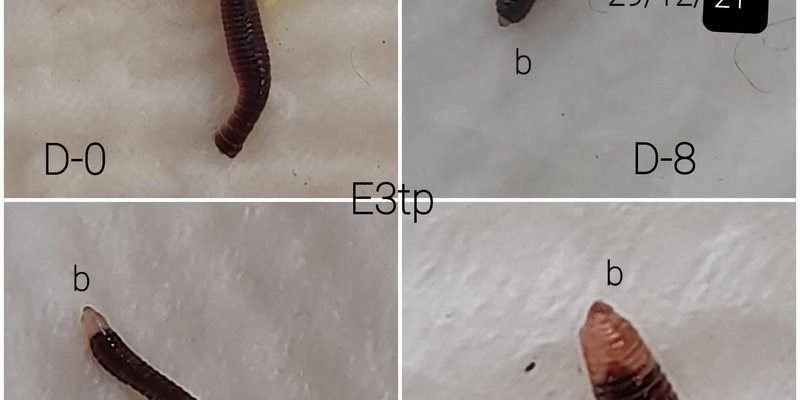
Many of us know earthworms as those squiggly creatures that help aerate our soil. But the science of earthworm regeneration goes beyond just simple biology. These little helpers not only enrich our soil but also demonstrate some remarkable adaptations to life in the ground. Whether you’re a garden enthusiast or just curious about the wonders of nature, understanding how earthworms regenerate can open up a whole new world.
What is Regeneration?
Regeneration is the process through which certain organisms can regrow lost body parts. It’s like when you cut a plant, and it sprouts new leaves or branches. In the animal kingdom, some species have extraordinary regeneration abilities, and earthworms are among them. When an earthworm loses a part of its body—like a segment due to predation or injury—it can regrow that segment over time.
But what exactly happens during regeneration? After a segment is lost, the earthworm’s body starts a complex healing process. It forms a structure called a blastema at the site of injury, which is a mass of cells capable of growth and regeneration. This is where stem cells play a crucial role, as they can transform into different types of tissue to form new body segments. It’s an incredible biological feat that kicks in automatically when the earthworm is injured.
How Do Earthworms Regenerate? A Step-by-Step Process
If you’re curious about how this regeneration works, let’s break it down step by step.
The Initial Response
When an earthworm loses a segment, the first thing it does is stop any bleeding. Earthworms have a coelomic fluid that helps fill their body cavity, acting almost like a protective cushion. This fluid is vital because it helps seal the wound and prevents further damage. Imagine if your own body had a built-in healing gel to quickly stop bleeding!
Cell Division and Blastema Formation
Once the wound is sealed, the magic of regeneration begins. The cells around the injury start to divide and multiply, forming what’s called a **blastema**. This blastema is like a regenerative pool of cells that will eventually turn into new body parts. It’s fascinating how these little cells know exactly what to do—they differentiate into muscles, skin, and even nerve cells, all tailored to the worm’s previous structure.
Growth and Development
As the cells form new tissues, the earthworm begins to grow its new segment. This process can take several weeks, depending on factors like the worm’s size and the environment. During this time, the new segment will grow and improve, gradually becoming more functional. Eventually, the earthworm has a fully developed segment that can wiggle and help it move through the soil once again.
Final Touches
Once the new segment is fully formed, it integrates seamlessly with the earthworm’s existing body. The ability to regenerate isn’t just about physical recovery; it also involves a kind of “reset” for the worm, allowing it to regain its usual movements and functions. It’s as if the earthworm has completed a mini construction project and can now resume its daily life in the soil.
Why Does Regeneration Matter?
You might be wondering why this ability is so crucial for earthworms. The answer lies in their ecological role. Earthworms play a vital part in soil health and nutrient cycling. By aerating the soil and breaking down organic matter, they help plants grow better. Their regeneration ability ensures that even when faced with threats, such as predators or environmental changes, they can continue to thrive and perform their important role in the ecosystem.
Moreover, studying earthworm regeneration opens doors to understanding similar processes in other organisms, including humans. Scientists are exploring the mechanisms behind regeneration to learn how they might apply this knowledge to medical advancements, like wound healing or even organ regeneration.
Comparing Earthworm Regeneration to Other Organisms
Earthworms aren’t the only creatures that can regenerate. Other animals, such as salamanders and starfish, also have remarkable regenerative capabilities. However, the way they regenerate differs significantly.
Salamanders vs. Earthworms
For instance, salamanders can regenerate not just limbs but also complex structures like tails and even parts of their hearts. Their regeneration involves more advanced processes than earthworms, which typically regenerate simpler body parts. This makes them a favorite study subject for researchers looking to unlock the secrets of tissue regeneration.
Starfish and Regeneration
Starfish, on the other hand, can regrow lost arms, and in some cases, an entire new starfish can develop from a single arm! Unlike earthworms that regenerate body segments one at a time, starfish can grow multiple arms simultaneously. This ability is not only impressive but also highlights the diverse strategies different organisms use to survive and thrive.
Why Differences Matter
Understanding these differences helps scientists in their research into regenerative medicine. By studying earthworm regeneration, researchers gain insights into simpler biological systems, while more complex organisms like salamanders can provide clues for advanced regeneration techniques. This knowledge could someday help humans heal more effectively from injuries.
Earthworm regeneration is more than just a fascinating biological process; it’s a testament to nature’s ingenuity. These creatures not only play a crucial role in our ecosystems but also show us how life can adapt, heal, and thrive against the odds. Whether you’re working in your garden or just appreciating the wonders around you, take a moment to consider the resilience of these tiny warriors beneath our feet. Isn’t it incredible to think that every worm you see is a little miracle of survival?

